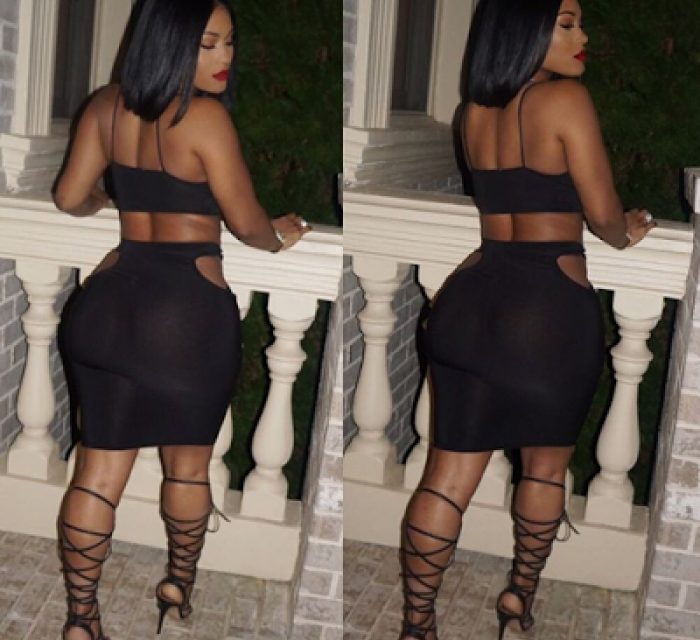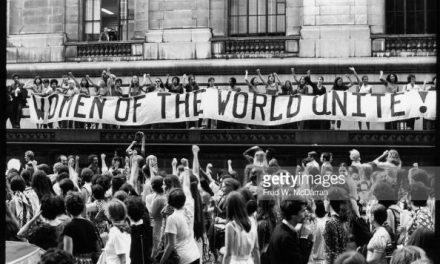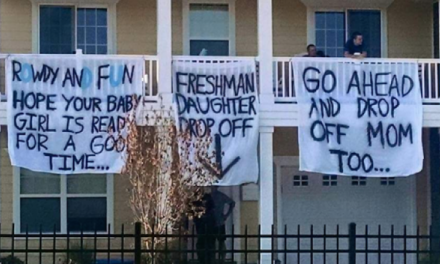
Social Media & Its Influence


Sex is the biological characteristics of woman and men while gender is a socially constructed definition of the two. Gender and gender roles are very prevalent in today’s society although they aren’t usually thought about in depth. “Gender is such a familiar part of daily life that it usually takes a deliberate disruption of our expectations of how women and men are supposed to act to pay attention to how it is produced. Gender signs and signals are so ubiquitous that we usually fail to note them – unless they are missing or ambiguous” (Judith Lorber).
A gender role is t he role or behavior learned by a person as appropriate to their gender, which is determined by the prevailing cultural norms. The influence of gender roles is so strong that many people perform gender roles, that strictly fit into society’s categories of how each gender should perform, without a second thought. Many also follow these roles so faithfully, they believe that the way people ‘do gender’ is genetic. A certain tribe in Africa, the Tchambuli, practice reverse sex roles. This shows that what we believe is feminine and masculine is not universal. The way that gender roles are performed and portrayed in the media influence how the roles are expected to be played in society. Technology’s development of social media as well as all media, enforces male gaze, the social construction of gender and influences gender roles. It also helps members of the LGBTQ community find support as well as a community in which they feel they belong.
he role or behavior learned by a person as appropriate to their gender, which is determined by the prevailing cultural norms. The influence of gender roles is so strong that many people perform gender roles, that strictly fit into society’s categories of how each gender should perform, without a second thought. Many also follow these roles so faithfully, they believe that the way people ‘do gender’ is genetic. A certain tribe in Africa, the Tchambuli, practice reverse sex roles. This shows that what we believe is feminine and masculine is not universal. The way that gender roles are performed and portrayed in the media influence how the roles are expected to be played in society. Technology’s development of social media as well as all media, enforces male gaze, the social construction of gender and influences gender roles. It also helps members of the LGBTQ community find support as well as a community in which they feel they belong.
The use of technology in American society today is at an all time high. Technology and the use of social media, are becoming major influences in today’s societal approval and views of the world. Social media, websites and applications that enable users to create and share content or to participate in social networking, is used on a daily basis by more than half of the world. Social media gives people their own platform and is available to all genders. Many utilize this platform to give the world a glimpse into their personal lives as well as a place to voice their personal opinions.
How Likes On Social Media Influence and Enforce Male Gaze
Many forms of social media are constructed around the concept of ‘friends’(strangers) and the false sense of approval people get when these ‘friends’ like the posts on their social media pages. This usually results in people doing more than expected to obtain these likes and a sense of societal approval.
Gender is performed everyday in the real world and it wasn’t until social media that gender was able to be performed. Instagram is a social media site that gender is performed on. It is a social media site where approval is most sought after. It is a site where people try to depict themselves in the best way in order to obtain the most likes. It is a site that has made certain women famous just because of the pictures they post, most of the time half naked or showing off their bodies. Instagram is a social media site that is strongly influenced by and enforces male gaze.
“The Male Gaze is a term from Gaze theory that describes the tendency of works to assume a (straight) male viewpoint even when they do not have a specific narrative Point of View, and in particular the tendency of works to present female characters as subjects of implicitly male visual appreciation” (Alan Farber.)

Miracle Watt’s Instagram Photo

India Love’s Instagram Photo

Lira Galore’s Instagram Photo
Women such as Miracle Watts, India Love, and Lira Galore are idolized on Instagram for their bodies. Upon visiting their social media pages on Instagram, you will see multiple pictures and videos of these women acting as subjects of male visual appreciation. They have all gained popularity with millions of followers and societal approval, through posting pictures of themselves with excessive amounts of makeup and few articles of clothing in order to show off their figures.
These profiles can all be looked at through male gaze, as well as enforces it. They enforce it by influencing others on the social media site to post sexualized pictures in order to receive more likes/societal approval. They also enforce gender roles by depicting that all women must wear makeup and wear revealing clothing in order to be considered attractive.
On my personal Instagram profile male gaze is very obvious. In a video of my friend and I singing along to a song only received 324 views and 45 likes, a boomerang video of me heading to the beach in a swimsuit received 801 views and 224 likes. This example shows how male gaze is very prevalent on social media. If I cared about likes as much as most do, the difference in likes on the posts would have influenced me to post more revealing pictures of myself.
The Positive Effects of Social Media
Social media being a platform accessible to everyone, allows everyone’s views to be shared. Social media is compromised of women, men, and all members of the LGBTQ community. The development of social media has helped transgender people express their gender in whichever way they see fit. It has also helped cisgender people accept them through their stories and views. A transgender person is someone whose sense of personal identity and gender doesn’t correspond with their birth sex. Cisgender, “describes people whose biological body they were born into matches their personal gender identity,” (Zuley Zevallos).

Amiyah Scott’s Instagram Photo

Amiyah Scott’s Instagram Photo
A popular transwoman of color named Amiyah Scott is very popular on social media for how well she does her makeup and hair, as well as being open about being transgender. Through her gained social media fame she has become a figure in the transgender community and encourages other transgender people to be who they truly are by sharing her story. She performs her gender by posting new makeup looks and wigs she makes. Social media influenced her performance of gender through the social construction of gender. As previously explained, females on social media are known to wear makeup and wigs and Amiyah does both very well but just so happens to be transgender. Amiyah performing the female gender role so well resulted in societal approval of her being transgender, as well as educated cisgenders about what transgender is.
“Every day transgender and cross dressing people around the world, including drag queens, are verbally and physically harassed, robbed, beaten and killed, despite their own best efforts to protect themselves,” (Mary Marcel). 
Some people view social media as a safe haven, because it is often used as a safe place to vent as well as a showcase for one’s personal views. With the occurrence of violence against many members of the LGBTQ community it is important for them to have a place where they are physically safe to state their views on certain issues. Social media is also a place where people that belong to the LGBTQ community can confide in one another. On Instagram there are multiple pages and hashtags that support subgroups of the community such as #lgbtqpride and #transpride which were created to help members of these subgroups feel as if they belong and are free of judgment. Each hashtag brings members of each group to posts that promote self love and encourages members to be confident in whichever sexuality they choose. These pages influence the way transgender people find their sense of community by showing that they are not alone, and their voices can be heard without ridicule.
In conclusion, technology’s development through social media shows how societal approval is an important factor on the influence of gender roles and male gaze on social media enforces the social construction of gender roles.








